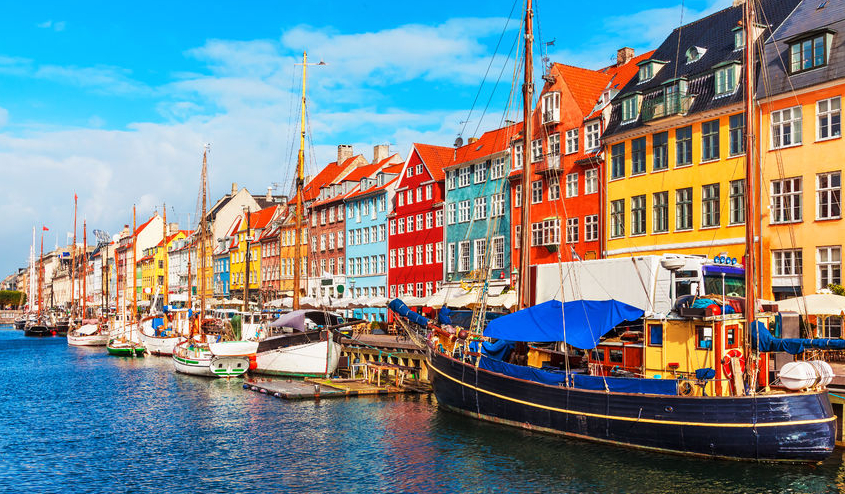With a population of 1.9 million, Copenhagen is the largest city in Scandinavia. Though smaller than many other Northern European cities, the Danish capital has proven itself more than able to organize successful large-scale events in innovative and appealing settings. The city is a pulsating metropolitan where fashion and tradition go hand in hand with a safe, efficient, yet exciting environment that offers modern meeting facilities and endless accommodation options. With Denmark as one of the oldest monarchies and Copenhagen as one of the greatest design capitals in the world, the city also offer a wide variety of beautiful cultural experiences, unique shopping opportunities and stunning architecture within its compact city center.
Copenhagen and the Danes value the environment. In 2014 Copenhagen was awarded “European Green Capital” by the European Commission as an acknowledgement of the city’s work with combining sustainable solutions with growth and life quality. Among others, Copenhagen has received acclaim for its ambition and effort to make more people bike, to become C02-neutral in 2015 and to function as a living laboratory for green solutions.
Districts and Green Areas
In addition to the city centre, Copenhagen is divided into the districts Østerbro, Nørrebro, Vesterbro, Frederiksberg the island of Amager and 4 other outlying districts. Each district has its own atmosphere and characteristics. For example, Nørrebro makes up the edgy and multicultural melting pot of Copenhagen, while Østerbro is the quite boy in the class and Vesterbro is known as the more hip district. There are several parks, gardens and green areas around Copenhagen. Danes as well as tourist frequently use the parks, as the parks are perfect places to relax, go for a run or to have a picnic. Near the conference venue you will find the park Søndermarken and Frederiksbergs Garden.
In the city centre you will find The King’s Garden, The Citadel and The Botanical Garden, which are all historical places and worth a visit. Some of Copenhagen’s cemeteries are commonly used as green breathing places. The Assistents Cemetery in Nørrebro is one of the most popular as famous figures such as H.C. Andersen and Søren Kierkegaard are buried here.
Danish Design
Danish Design is one of the city’s hallmarks, offering everything from innovative architecture and furniture design to fashion. Designers such as Arne Jacobsen and Georg Jensen were exponents for Scandinavian minimalism, which stands for simplicity, soft shapes and a superior tradition of craftsmanship.
Architecture
Copenhagen's historic quarter is adorned with beautiful castles, tall spires and churches. Among Copenhagen’s most prized buildings, you find Marmorkirken (the Marble Church), which many consider to be a late classical masterpiece. Across the street from the Marble Church is Amalienborg Palace, home to the Danish royal family. From Amalienborg, you have a spectacular view of the new and impressive opera house, Operaen, designed by Henning Larsen. A fine example of Copenhagen’s ability to merge new and old is the Royal Library, known as The Black Diamond, and the National Gallery, where modern extensions have been added to the existing structures, making the actual building itself a work of art. Numerous unique building projects have seen the light of day over the past few years, making Copenhagen a city of constant change.



